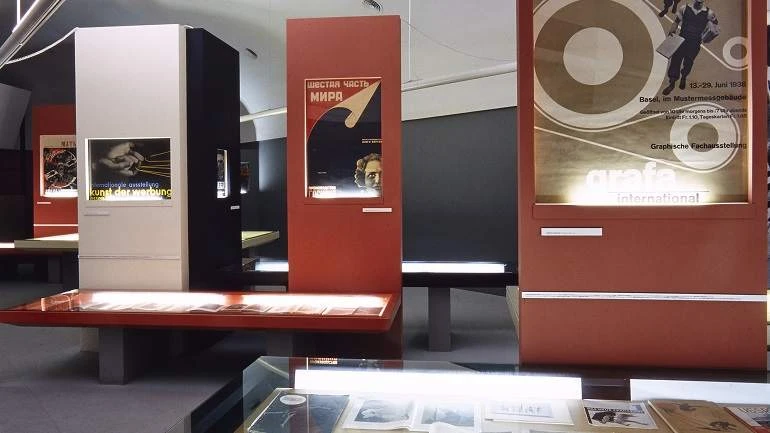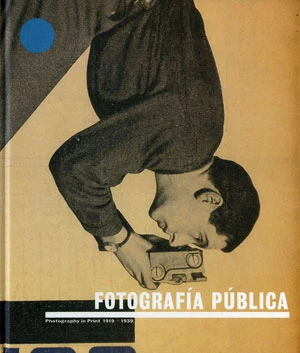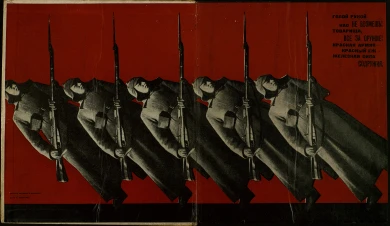Fotografía pública / Photography in Print 1919-1939

Experiments made by photographers and designers in the interwar years, such as: direct photography (Straight Photography) photography without a camera (photograms), the photographic montage, the use of striking perspectives, the contrast in diagonal lines, fragmentation or "photo-type" determine the visual culture of the century, which show influences between photography and other events such as film or literature. Books like Reger-Patzsch: Die Welt ist Schön (The World is Beautiful) (1928), that of Germaine Krull: Métal (1928), or those of Moholy-Nagy, became models of leading photographic styles and grammars of the themes, techniques and framing of the new photography, which creates a new way to approach the changing world and then recognise it.
The main exhibition room is designed as an urban space that presents modern photography in its own environment: it shows the excess of visual information that is being produced at that time and the means being used to do it. The lighting, projections and aural environment underline this appearance (sound collage has been created expressly by the artist Pedro G. Romero). Panels, tables and cabinets show, among other themes: the new vision of the modern city, its inhabitants, the labourer’s body, the history of every nation, nature, the technique and work.
Artists
Museo de Bellas Artes de Bilbao (September - November, 1999); Centro Cultural La Rioja, Logroño (February - March, 2000)
Organised by
Museo Nacional Centro de Arte Reina Sofía
Image gallery

Itinerary
Centro Cultural La Rioja, Logroño
1 February, 1999 - 1 March, 1999
Museo Nacional Centro de Arte Reina Sofía, Madrid
27 April, 1999 - 29 June, 1999
Museo de Bellas Artes de Bilbao
1 September, 1999 - 1 November, 1999

